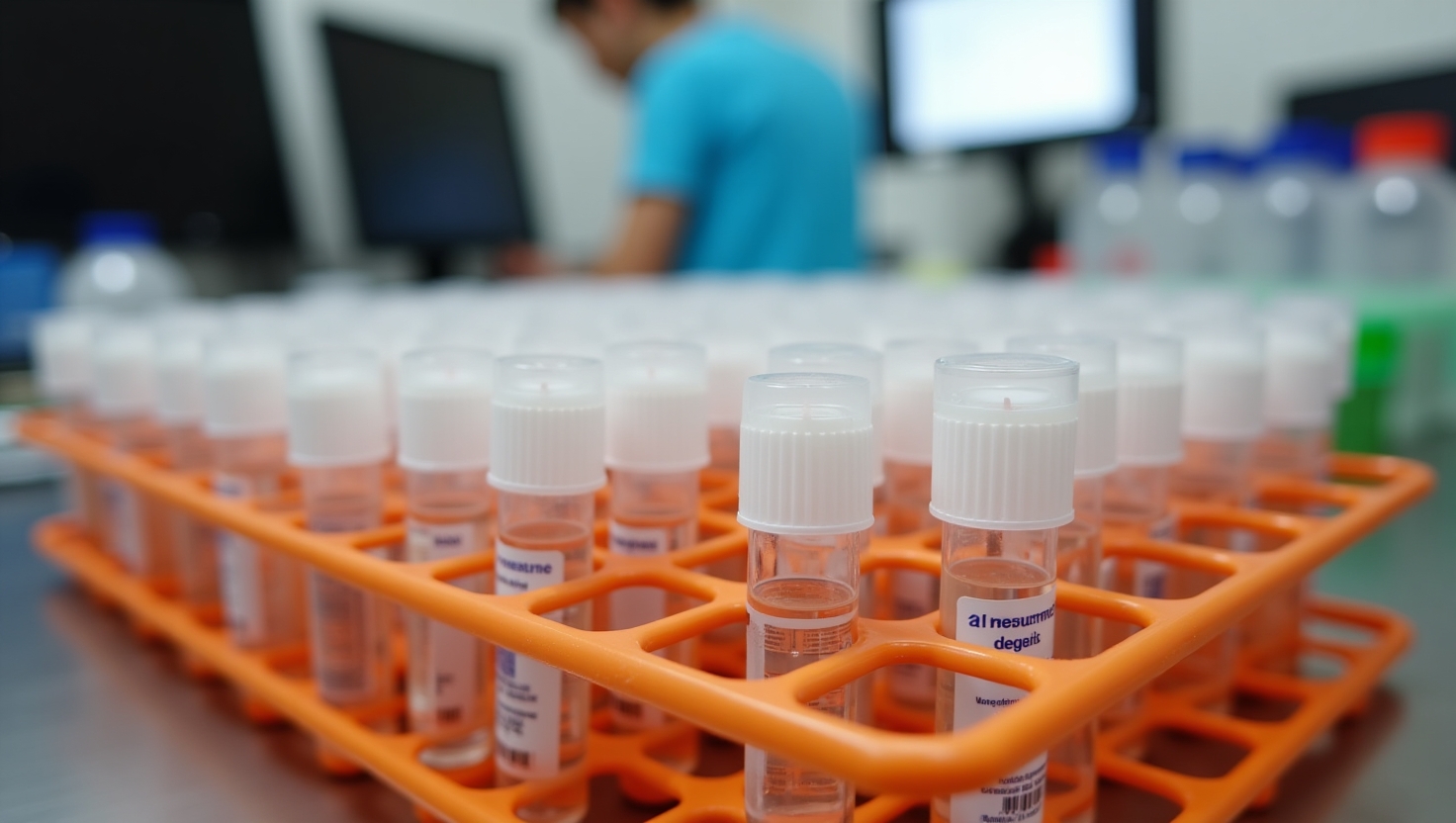
Human Metapneumovirus (HMPV) is emerging as a potential public health challenge in Indonesia, raising concerns about its impact on the country’s healthcare system. While not as widely recognized as influenza or COVID-19, HMPV is a leading cause of respiratory infections worldwide. In Indonesia, where healthcare resources are often stretched thin, the virus’s ability to affect vulnerable populations makes it a growing concern.
What is HMPV?
HMPV is a respiratory virus belonging to the Paramyxoviridae family, closely related to respiratory syncytial virus (RSV). First identified in 2001, HMPV causes illnesses ranging from mild cold-like symptoms to severe conditions such as pneumonia and bronchiolitis. It primarily affects children, the elderly, and individuals with weakened immune systems, but it can infect people of all ages.
The virus spreads through respiratory droplets, direct contact with infected individuals, or contaminated surfaces. Symptoms typically appear 3 to 6 days after exposure and include:
- Fever
- Cough
- Shortness of breath
- Nasal congestion
- Wheezing
While most healthy individuals recover without complications, those in high-risk groups may experience severe outcomes, including hospitalization.
Why HMPV is a Growing Concern in Indonesia
Limited Awareness and Diagnosis
Public awareness of HMPV in Indonesia remains low, with many cases likely going undiagnosed or misattributed to other respiratory infections. This lack of recognition complicates efforts to track the virus’s spread and implement effective public health interventions.
Vulnerable Populations
Indonesia’s large population includes significant numbers of children and elderly individuals, two groups particularly susceptible to severe HMPV infections. Additionally, individuals with preexisting conditions such as diabetes, asthma, or cardiovascular diseases face heightened risks.
Healthcare System Strain
Indonesia’s healthcare system, particularly in rural areas, often struggles to meet the demands of its population. Limited access to diagnostic tools and specialized care makes it challenging to identify and manage HMPV outbreaks. Seasonal surges in respiratory illnesses, often exacerbated by the rainy season, further strain healthcare resources.
Environmental Factors
Indonesia’s tropical climate creates conditions favorable for the spread of respiratory viruses. High humidity and crowded living conditions in urban areas can accelerate transmission, increasing the likelihood of outbreaks.
Preventing a Public Health Crisis
To prevent HMPV from becoming Indonesia’s next public health crisis, proactive measures are essential:
- Raising Awareness: Public health campaigns should educate Indonesians about HMPV, its symptoms, and prevention methods. Schools, workplaces, and community centers can serve as platforms for disseminating information.
- Improving Diagnostics: Expanding access to diagnostic tools and training healthcare providers to recognize HMPV can lead to earlier detection and better case management.
- Strengthening Healthcare Infrastructure: Investments in healthcare facilities, particularly in underserved areas, are critical for managing HMPV and other emerging health threats.
- Promoting Hygiene Practices: Encouraging regular handwashing, mask-wearing, and respiratory hygiene can reduce the spread of HMPV and other respiratory viruses.
- Research and Surveillance: Enhanced surveillance systems and research initiatives can provide valuable data on HMPV’s prevalence and inform targeted interventions.
Conclusion
HMPV has the potential to become a significant public health challenge in Indonesia, particularly if awareness and healthcare infrastructure remain insufficient